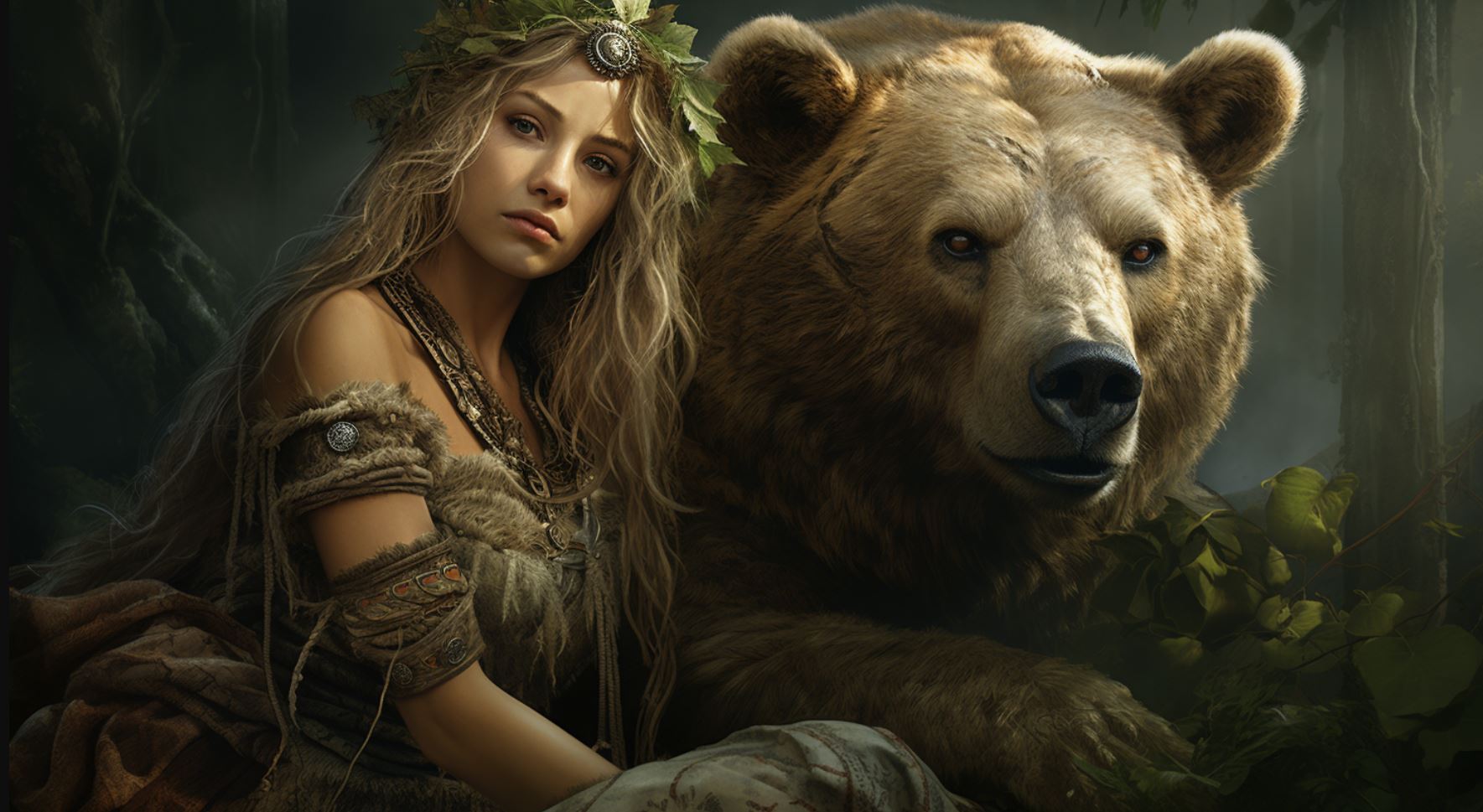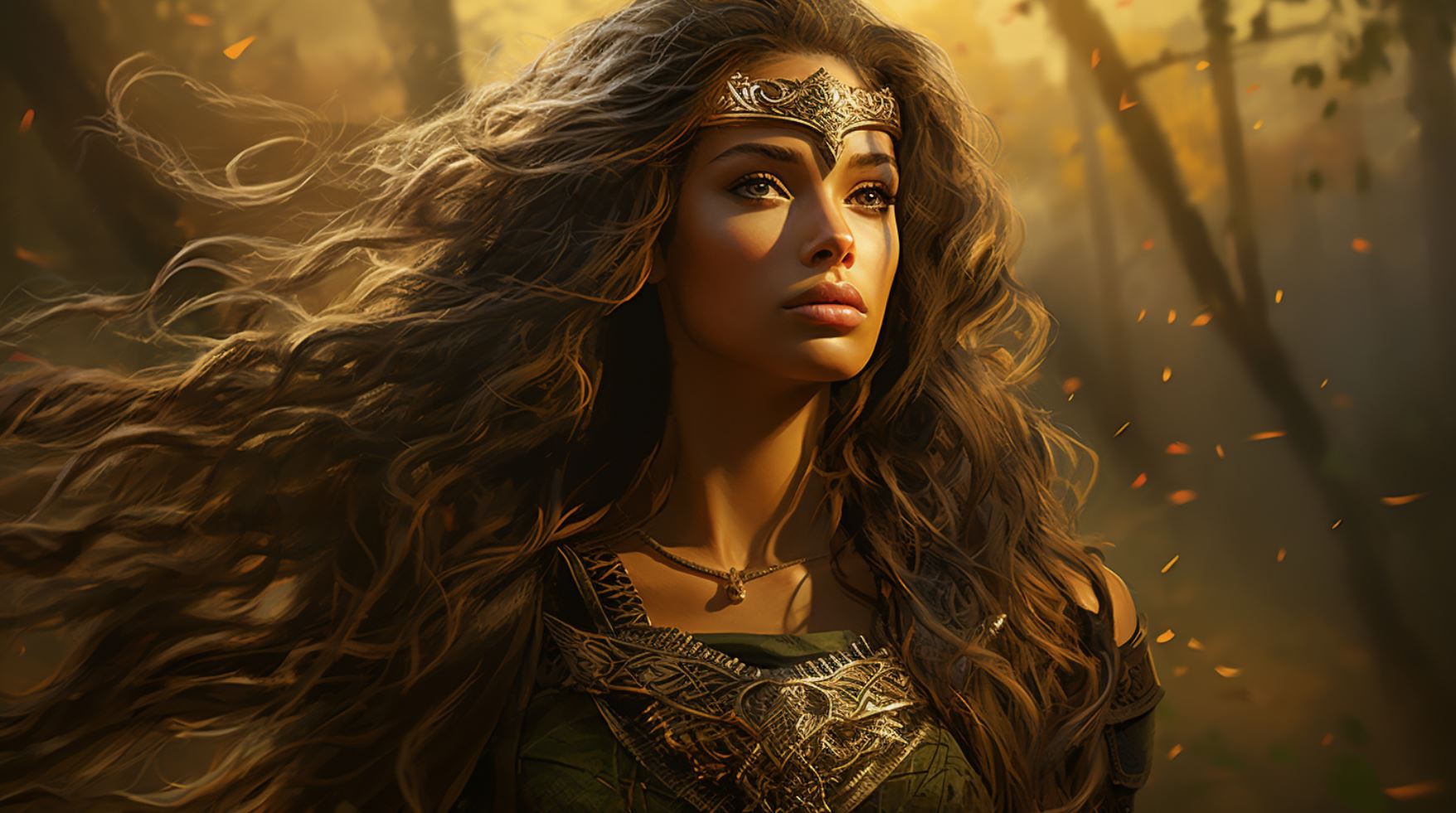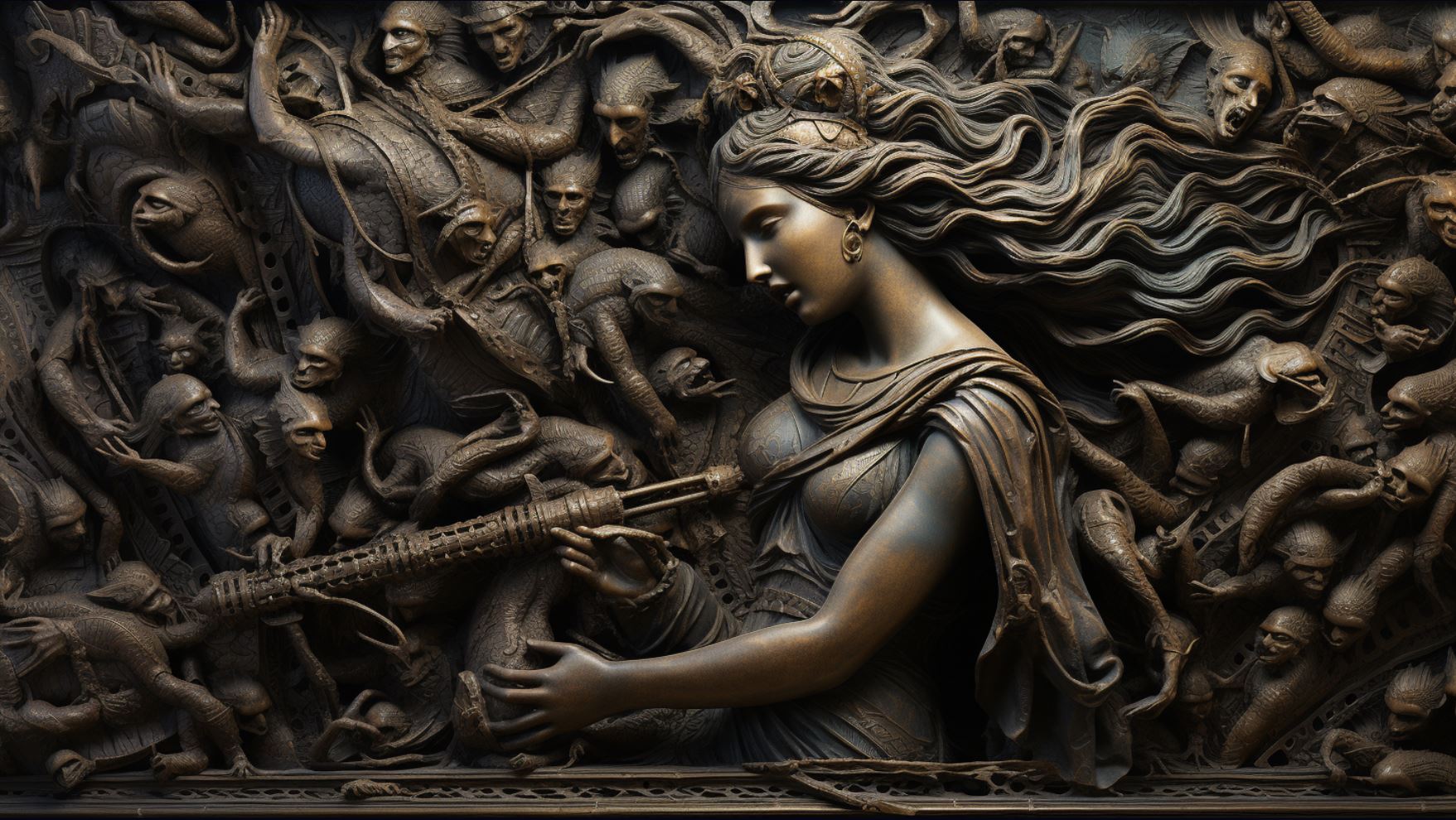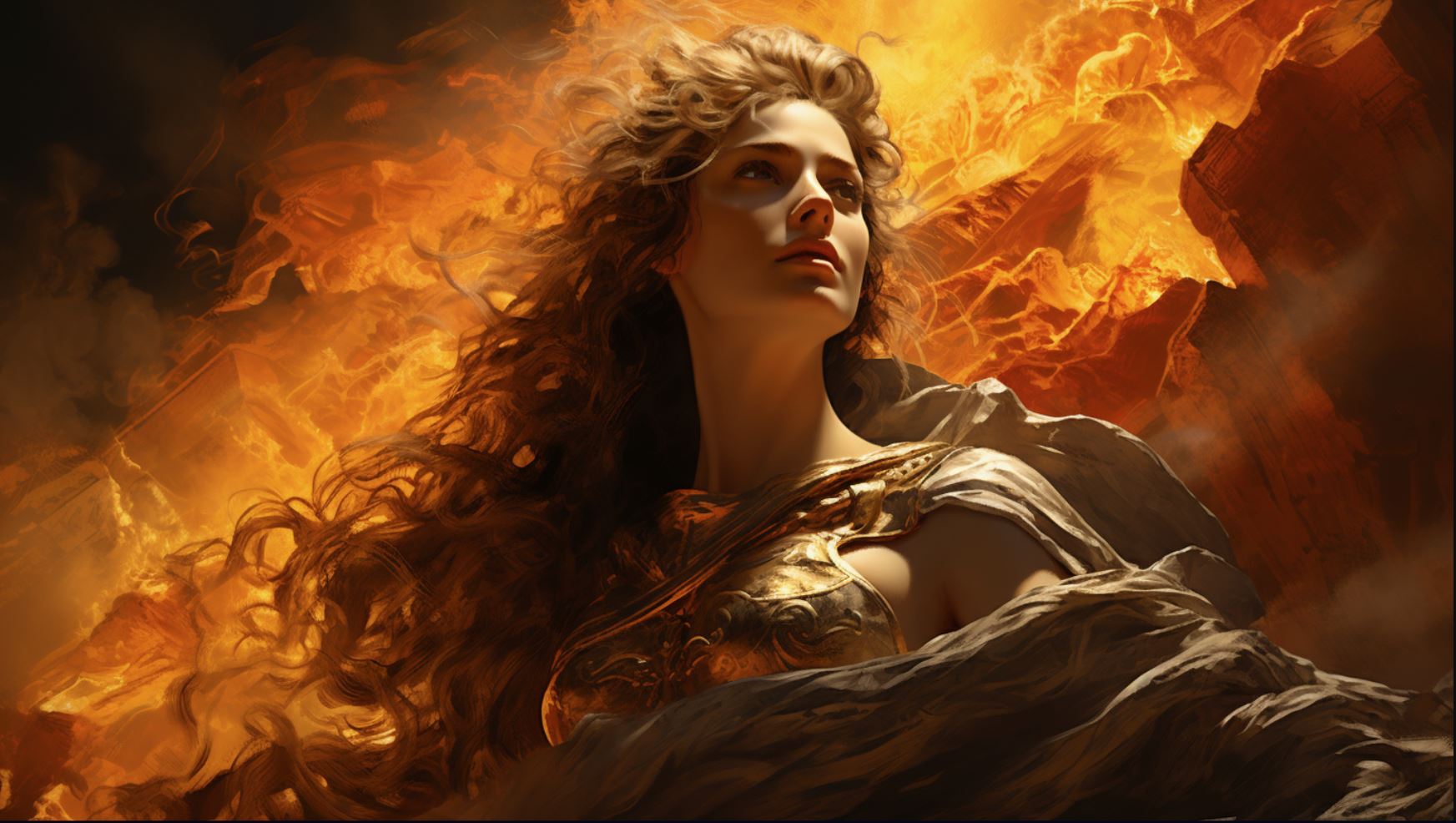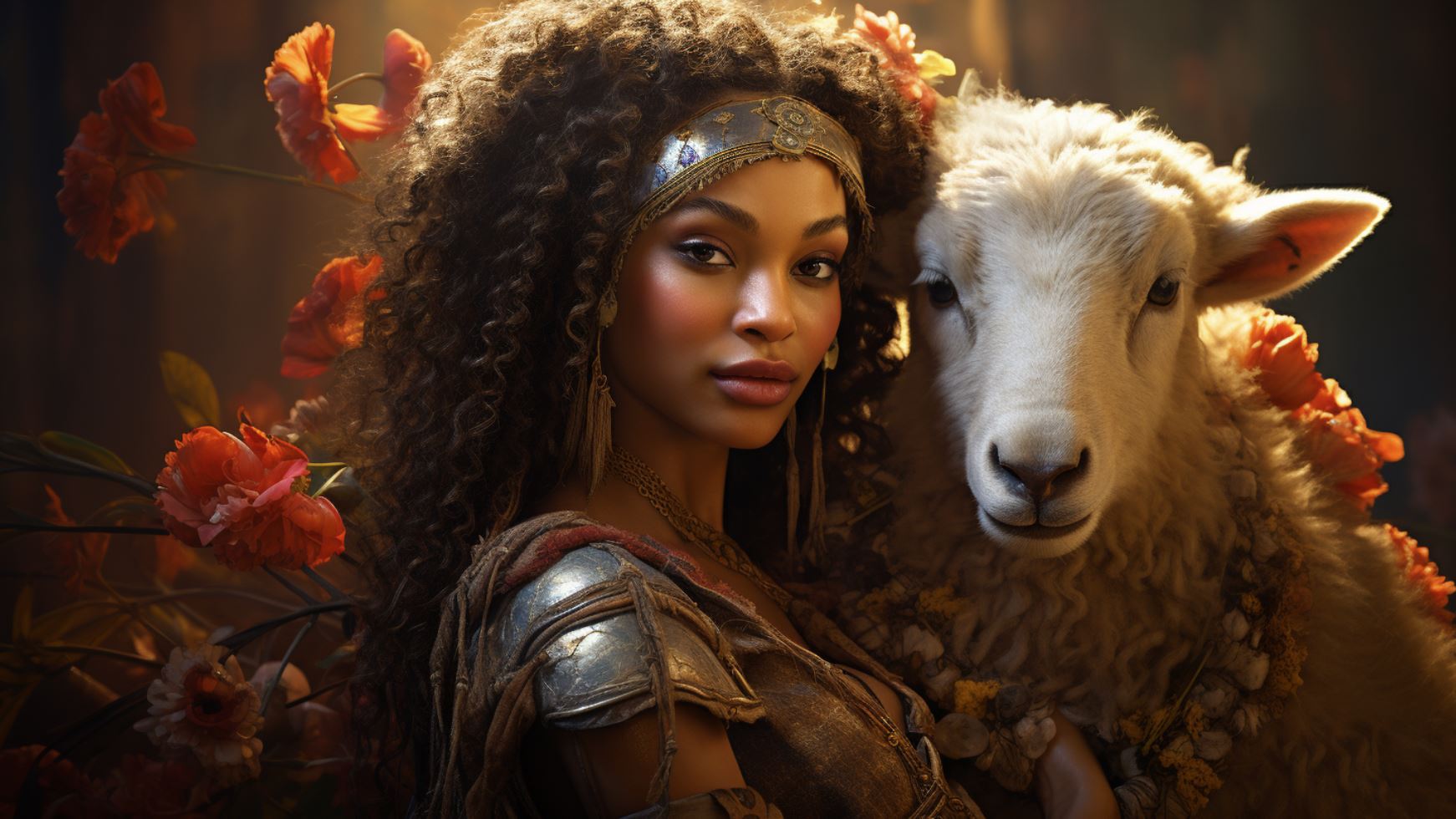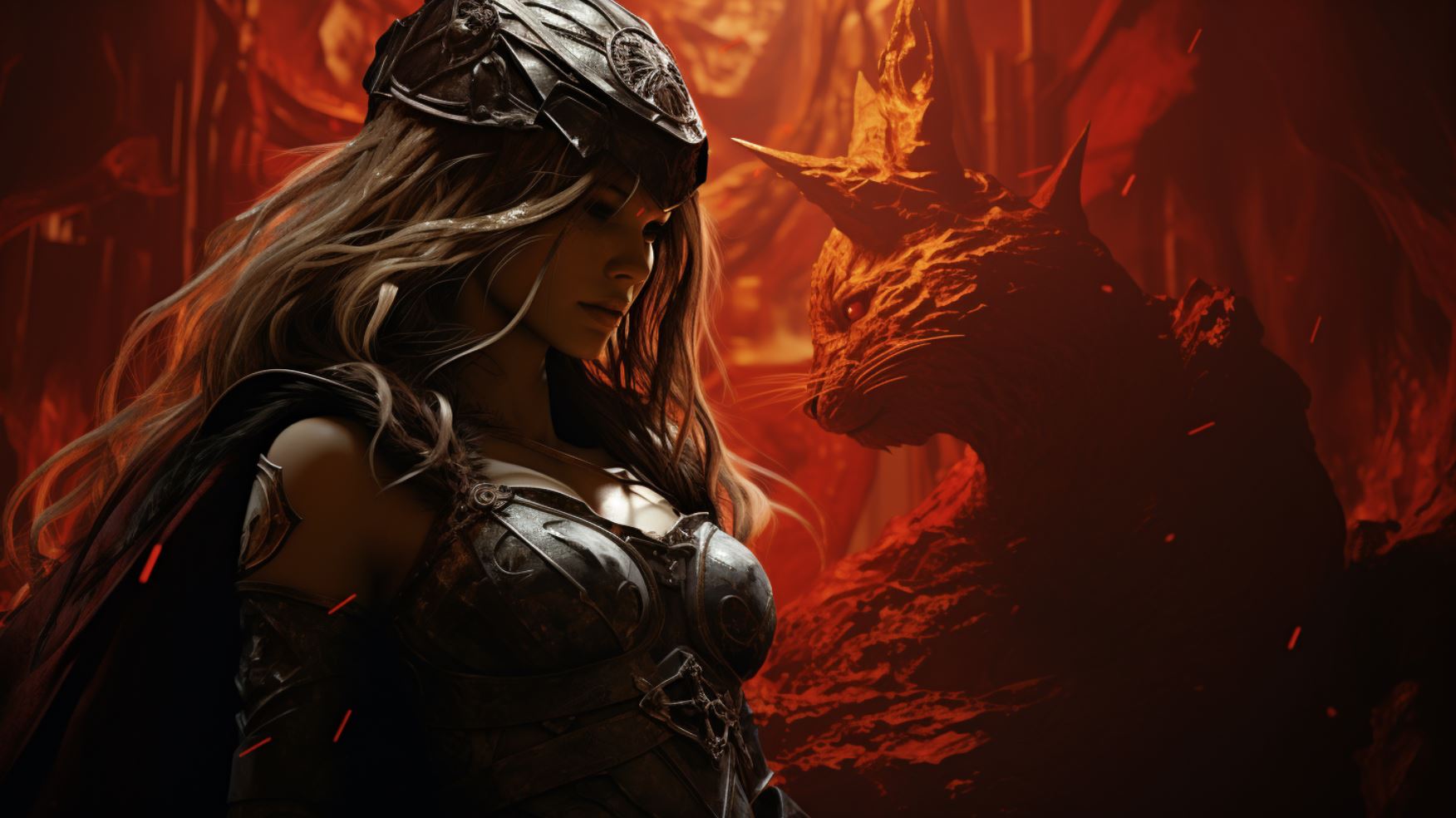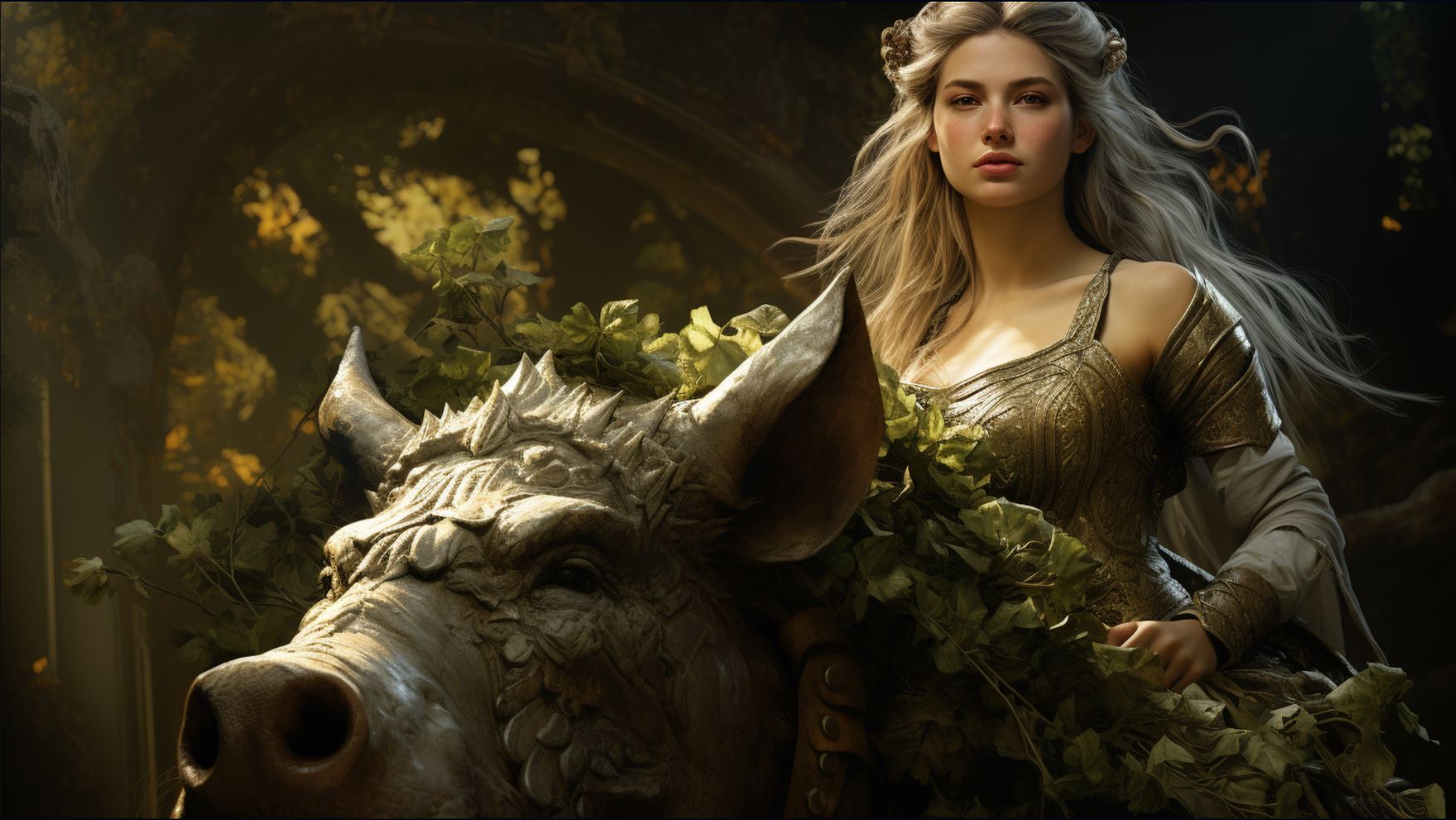Artio Celtic Goddess: Exploring the Ancient Wildness and Abundance
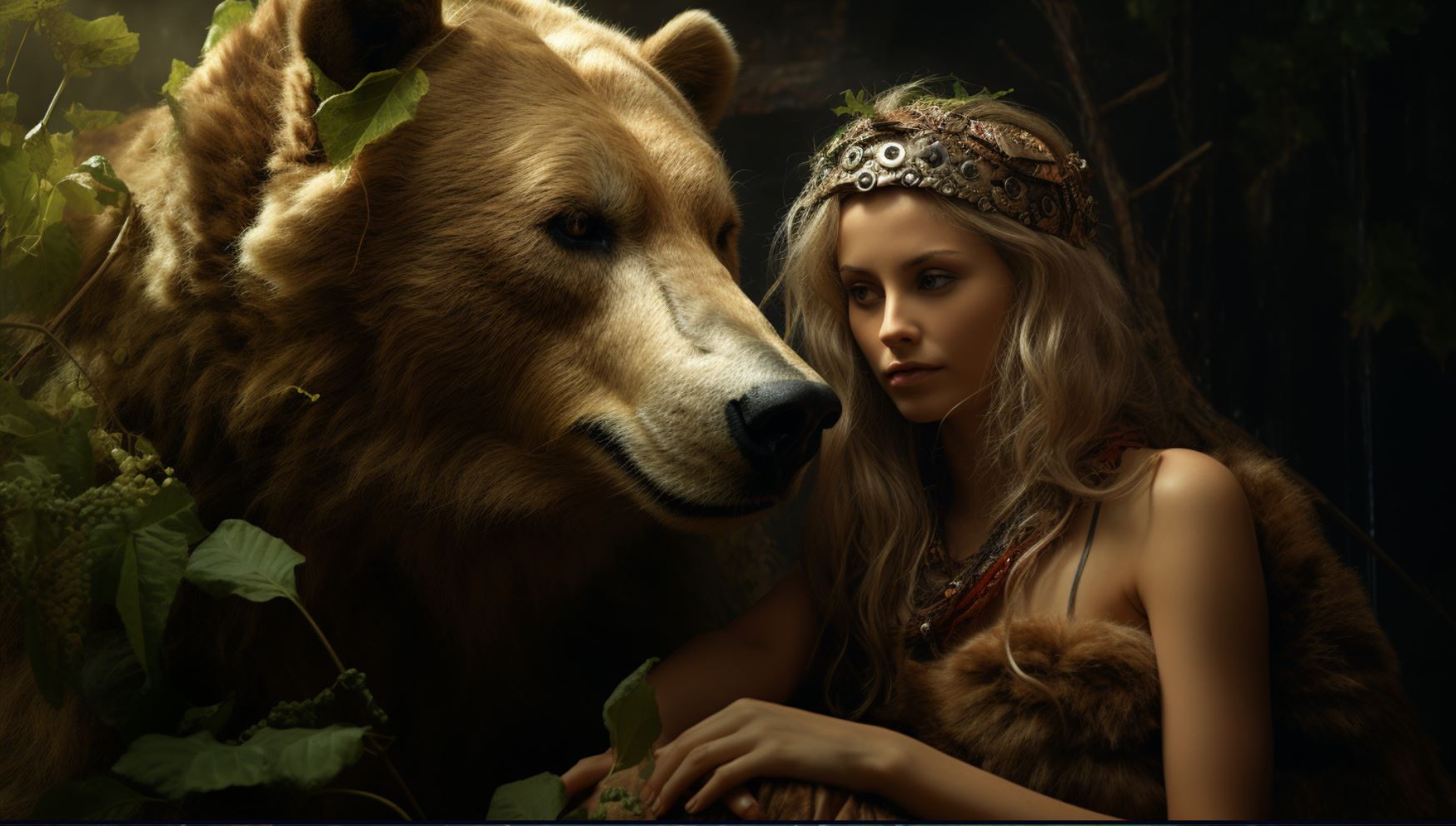
Artio Celtic Goddess, a revered figure in Celtic mythology, represents the wildness and abundance of life. Associated with the bear, she embodies transformation and protection of wildlife and the natural world.
The goddess finds connections with Artemis and Diana, further highlighting her significance. Artio’s influence extends to the astral realm, as she is linked to constellations like the Ursa Major and Minor.
Today, Artio continues to be revered through rituals and offerings, honoring her role in guiding spiritual journeys and promoting harmony with nature. Explore the rich tapestry of Artio’s mythology and contemporary reverence for this ancient Celtic deity.
The Celtic Bear Goddess: Artio
Artio is a prominent figure in Celtic mythology, revered as the Celtic Bear Goddess. Let’s delve into her origins, symbols, and her association with Artemis and Diana.
Origins and Name
Artio’s name derives from the Celtic word for bear, ‘artos.’
Her presence traces back to the Helvetii, a Celtic tribe that migrated to Switzerland around 450 B.C. It is believed that Artio accompanied them on their journey to Western Europe.
Symbols and Representations
Artio is commonly depicted as a bear, symbolizing her connection to wilderness and transformation.
Bears hold significance in Northern European cultures, representing change and shape-shifting. The ancient Celtic culture reflected this symbolism, as evidenced by bear representations discovered through archaeological excavations.
Association with Artemis and Diana
Artio shares connections with the Greek goddess Artemis and the Roman goddess Diana. Similar to Artio, both are also associated with bears.
This association highlights the transcultural significance of bears in the divine feminine archetype.
While Artio stands as a distinct Celtic deity, her connection to Artemis and Diana emphasizes common themes across different mythological systems.
The intertwining of these goddesses in diverse cultures signifies their shared attributes and reverence for the wild and natural world.
Artio in Celtic Mythology and Cosmology
Artio, the Celtic bear goddess, holds a significant role in Celtic mythology and cosmology. This section will delve into her various aspects and connections within the Celtic belief system.
Role as Protector of Wildlife and Nature
Artio is revered as a guardian and protector of wildlife and the natural world.
Her association with the bear symbolizes her role in safeguarding the balance and harmony of the ecosystem. As a deity of abundance and transformation, Artio ensures the well-being and preservation of creatures both big and small.
She is seen as a source of wisdom and guidance for those seeking a deeper connection with the natural world.
Connections to Astral Bodies and Constellations
In Celtic mythology, Artio’s influence extends beyond the earthly realm. She is closely linked to astral bodies and celestial patterns. The constellations of Ursa Major and Ursa Minor hold particular significance in her lore.
Artio’s connection to these star formations emphasizes her role as a celestial guide and highlights her association with the mysteries of the universe.
Relationship to Shamanism and Spirit Animals
Artio’s profound connection to nature aligns her with shamanism, where the spiritual realms intertwine with the physical world. Shamans, and those who practice shamanic traditions, seek Artio’s guidance and assistance in their spiritual journeys.
Additionally, Artio is believed to have a close relationship with spirit animals. These animals serve as guides and allies, aiding individuals in their quest for self-discovery, transformation, and spiritual enlightenment.
Exploring Artio’s role in Celtic mythology and cosmology reveals her deep-rooted connection to the natural world and the spiritual realm.
As a protector, guide, and symbol of transformation, Artio continues to inspire reverence and awe in those who seek wisdom and harmony within themselves and the greater cosmos.
3. Artio’s Influence and Worship
Discover the enduring impact and reverence towards Artio, the Celtic Bear Goddess.
Artio’s Festival and Associations
The celebration of Artio’s festival holds a significant place in Celtic traditions, honoring the goddess and her association with abundance and harvest. Held on the 21st of October, it coincides with the bountiful harvest season, symbolizing the goddess’s connection with fertility and prosperity.
During this festive occasion, communities gather to commemorate Artio’s presence and offer gratitude for her blessings. Joyous rituals, dances, and feasts mark the festivities, fostering a deep connection between the people and the natural world Artio protects.
Rituals and Offerings to Honor Artio
Devotees seeking Artio’s guidance and favor engage in various rituals and offerings. Meditative practices are prevalent, where individuals immerse themselves in deep contemplation to seek the wisdom and blessings of the goddess.
These meditations often take place in the serene presence of wildlife or in sacred natural spaces closely associated with Artio.
Offerings of fruits, grains, honey, and symbolic representations of bears are made at altars dedicated to Artio.
These gestures express gratitude for her protection of wildlife and the abundant gifts of nature. Donations to wildlife rehabilitation centers and conservation organizations also serve as acts of homage to honor Artio’s role as a guardian of the wild.
Artio’s Relevance and Reverence Today
The worship and reverence for Artio continue to resonate in contemporary times, as individuals strive to reconnect with nature and preserve its harmony. Artio’s teachings inspire a deeper appreciation for the environment and the interdependence of all living beings.
Through conservation efforts, nature-based spirituality, and sustainable practices, followers of Artio honor her legacy and strive to maintain the delicate balance between humanity and the wild. The wisdom embodied by Artio serves as a guiding light, reminding us of the importance of protecting and nurturing the natural world for future generations.
.











